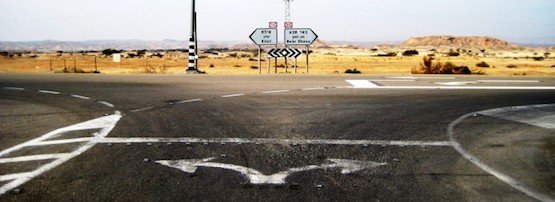
At the SIDR working group (WG) meeting held at IETF 95 Buenos Aires one of the IETF Routing Area ADs, Alvaro Retana, observed the WG had nearly completed its charter goals. This is a fork in the road moment, where as a body the IETF and the group participants need to decide if they want to carry on working in the same group, under the same charter.
Charter? What Charter?
IETF working groups are not simply loose collectives of people (although that’s pretty much how they behave, it’s a self-organizing, somewhat anarchic model of discourse and development) but are created in a formalism by the IETF which includes a ‘charter’ – a specific remit, a body of work, and most importantly, a timeframe.
The SIDR WG has mostly completed its charter’s tasks. It’s now time to consider if the group should shut down. But this begs the question: have we actually solved the problem?
Problem? What Problem?
The major problem confronting SIDR was the lack of clear security over Inter-Domain Routing (the IDR in SIDR, the S being ‘secure’) – which was a problem coming in from another working group, RPSEC (which has formally concluded). So given a problem space: how to secure inter-domain routing, SIDR has constructed an information model using RFC3779-specified certificates and signed objects which is anchored in the Internet number resource distribution and management framework. That’s the RIR system, hence my interest and participation. That’s RPKI.
The solution which has come forth from SIDR is BGPSEC, an emerging extension to BGP which adds mechanisms to signal the path being used by BGP to forward BGP messages, and use this to signal the trust behind the paths BGP is signalling for general purpose Internet packet routing.
BGPSEC now has two independent implementations, and so has put the SIDR participants on notice to confirm if this should go to proposed standard, which determines the basis for operation, and confirms to manufacturers of routing software and systems what is the agreed basis of implementation and behaviour ‘on the wire’.
Where next from here?
But having crossed this bridge, the question that arises is: what now for SIDR?
One view is to keep the WG open to discuss the following trail of open issues, related operational and emerging standards work, and provide a forum for discussion and review. Another, which I personally prefer, is to formally mark the group concluded, and leave future problems to collect a sense of what they are, where their commonalities lie, and have motivated and interested people organize accordingly without the constraints of an existing charter and process overhang.
Working Groups in the IETF don’t live forever. They are purposeful, and have a fixed life and a specified goal set for a reason. Although it’s a bit obsessive-compulsive to consider this in terms of the IETF formalisms around work, rather than the content of the group itself, I think it’s better for the IETF, and for the wider questions of routing and INR security if we reconfigure how we work and what we think about the problem, from here on in.
But it’s an open question, and still under discussion by the WG participants, the AD and related interested parties. Watch this space!
The views expressed by the authors of this blog are their own and do not necessarily reflect the views of APNIC. Please note a Code of Conduct applies to this blog.

origin validation is chopped liver? 🙂